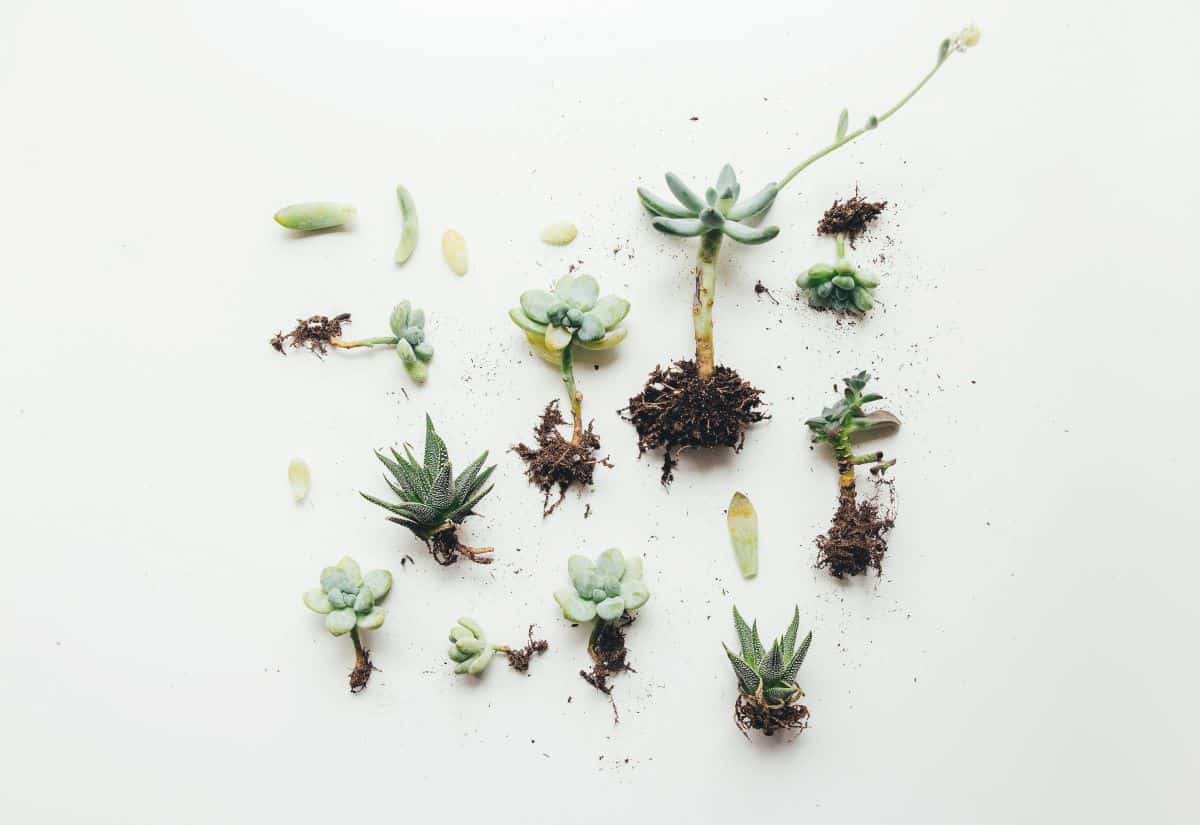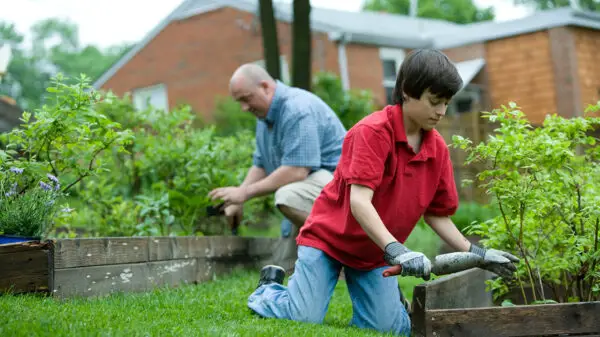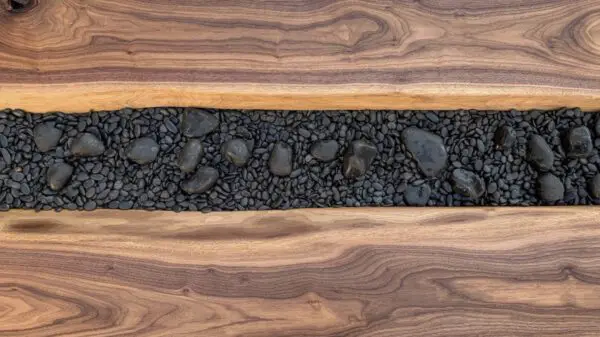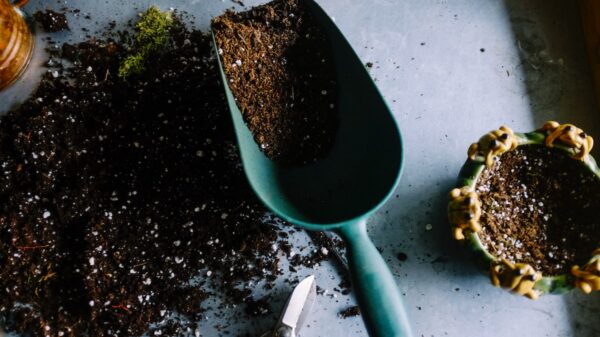Tips for Successfully Splitting Plants
Splitting plants is an effective way to grow more plants. This will help you avoid buying new plants, as splitting them allows you to have more of your favorite plants in your garden. I wanted to be able to give my mother some of my plants so that she can start growing them too. After much research, I determined the best way to successfully split plants.
So, what is the best way for splitting plants? You must divide your plant’s root ball. This way, you can split it into two or smaller plants with the same genetics that will grow into full-sized plants. This is very important for splitting plants because new plants will have the same genetics as the parent plant.
Although dividing the plant’s root ball can be one of the most important steps to having a successful splitting of plants, you also need to make sure you care for the plant after splitting it for long-term health.
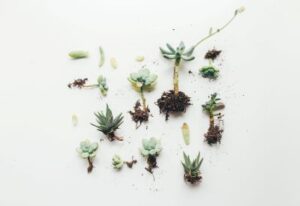
How to Split a Plant: A Step-By-Step Guide
Splitting a plant is a simple process that can be done with great care and attention.
The first thing to do is choose which plant you would like to split, as splitting some types can be more difficult. For splitting plants, choose a small plant that grows well in the existing conditions of your garden or home.
Once you have chosen your plant to split plants, the next step is to consider how you will divide it. The best way for splitting plants is to use a sharp knife and split the plant’s root ball in half by making sure you cut through any roots connecting each side of the divided plant. Afterward, plant your two new plants at the same depth that they grew before splitting them.
Another option for splitting plants is dusting or gently scrubbing off some of your plants’ smaller branches and replanting them at different depths of soil than their original location so they can grow into full-sized plants. Although this method takes longer, it ensures that you get more than one larger plant out of splitting a single small plant.
As mentioned earlier, you want to make sure you care for your splitting plants. After splitting a plant, make sure that the new seedlings get enough sunlight and water to grow into healthy splitting plants in your garden or home.
Lastly, choose which splitting plant you will like to take cuttings from and prepare the cutting before splitting the splitting plant in half. For splitting plants with large root balls, use a sharp knife to cut through the roots.
Afterward, once again making sure that you have cut through any connecting roots between both halves of your splitting plant, replant each section at an equal depth. Then bury each planting under the soil to encourage growth similar to their original location.
Best Way to Divide Plants with Larger Root Balls
When you are choosing which plant to split in half, consider the root ball when dividing the plant. The best way for dividing a larger root ball is by using a sharp knife and making sure that it cuts through any connecting roots between the two halves of your new splitting plant.
You can also use another method of gently dusting or scrubbing off some of your plant’s smaller branches, but ensure these cuttings have plenty of space so they can grow into full-sized plants on their own.
What If the Plant Has a Small Root Ball?
If your splitting plant has a small root ball, you can simply divide the splitting plant by making sure to cut through any connecting roots between each half.
Afterward, replant each splitting seedling at an equal depth of soil and make sure it receives enough sunlight and water to grow into a full-sized splitting plant.
So, the best way for splitting plants is to split a dividing plant’s root ball in half with a sharp knife by cutting through any connecting roots between both halves.
For splitting a smaller potting splitting plant, all you need to do is divide it into two or more sections while making sure that they are at an equal level of the soil. Then ensure that the splitting plants get enough sunlight water until they reach their maximum splitting size.
When Is the Best Time to Split a Plant?
The best time to split a plant depends on whether the plant is a perennial or an annual. Perennials are plants that come back every year, whereas an annual is a plant that dies after its first season.
When splitting plants, the most important thing is to keep as many roots intact as possible. When splitting perennials, it is best to do this in early spring when the plants begin to grow again.
This allows the plant to regenerate its roots and become even stronger than before splitting. Any splitting done in fall or winter may damage the plant’s root system, which will then not be able to regrow as strongly.
When splitting annuals, it is best to do this just after they have flowered. This way, they can use their energy to produce seeds and not waste it on splitting the roots, which will likely kill the plant.
If you choose to split a plant in fall or winter remember to water your plants adequately before splitting. This will keep the roots hydrated and prevent them from dying during splitting. If splitting is done in early spring, make sure to keep an eye on the plant as it is growing again and give extra water if needed.
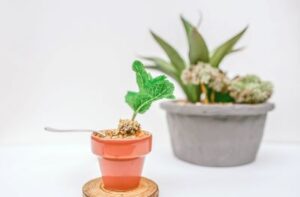
How to Determine What Size Planter Pot Will Work Best?
To determine what size planter pot will work best for splitting your splitting plant, take a look at the splitting plant’s final splitting size.
If it is a splitting plant that is likely to get up to 6 feet tall or taller when fully grown, then you should probably use a larger splitting pot. For splitting plants smaller than this, you can use splitting pots that are 4 inches and smaller.
Whether you should use a smaller splitting pot or a larger splitting pot depends on whether the splitting plant is likely to remain relatively small when fully grown, or if it will get much taller as it continues to grow.
What Vegetables Can Be Split and Replanted?
There are a variety of vegetables that can be split and replanted. This method is used to grow more plants from one vegetable. Some vegetables can be easily split in half while others, like splitting open an avocado, will give you two separate halves with the plant still attached. The list below provides examples of splitting vegetables:
Avocado
One avocado will yield two plants if you split it in half while keeping the wide part attached. You must plant the core, which will grow roots.
Keep the seed out of the water until it has sprouted roots. Place in soil and make sure to keep the soil moist. Once the roots are long enough you can transplant them to a pot.
Broccoli and Cauliflower
Related vegetables can be split into smaller sections. For example, splitting a broccoli or cauliflower plant is likely to yield three or four new plants.
These new shoots will grow in the same season as long as they receive normal care and attention: sun exposure, watering, and fertilizer.
Onions or Leeks
Onions can be split in half and replanted to grow a new plant. Similar to splitting broccoli or cauliflower, new shoots will sprout from the original onion bulb after splitting it open.
If you have never grown an onion before, it is best to start with a small plant instead of splitting a larger one because the whole growing season will be spent growing the new plant. The same goes for leeks, which can also be split in half to grow new plants.
Other splitting examples include splitting a gladiola bulb in half will yield two new flowering plants, splitting a strawberry plant yields up to four new plants, splitting a chili pepper plant may yield anywhere from one to three new plants, splitting an apple will give you six or seven pips that can be planted and will grow into separate trees.

What Vegetables Can Be Replanted in Water?
Some vegetables are easier to propagate by replanting them in water rather than splitting or pulling apart the original vegetable. One of the most popular vegetables for splitting is an avocado which produces two plantlings when placed in water. Avocados are also nutritious when eaten, so splitting them yields a healthy snack as well.
Another popular vegetable that can be replanted in water is a strawberry, which will grow even faster when split and placed in water. The same splitting method can be used as with avocados: cut the top off the strawberry and place it in a glass of water to produce roots and sprout new plantlings. Make sure it receives adequate sunlight and water throughout its growth cycle.
Tomatoes can also be propagated in water once they have developed several flowers. Once the tomato has ripened, splitting it open will give you two separate parts with roots and leaves. Place each half into a glass of water to begin the splitting process.
Conclusion
Splitting plants is a great way to share the love of gardening with friends and family! Just make sure you know the correct rules for your vegetables and plants before splitting them, as each plant can have varying needs. After reading this article, we hope you feel more confident about splitting your plants!


